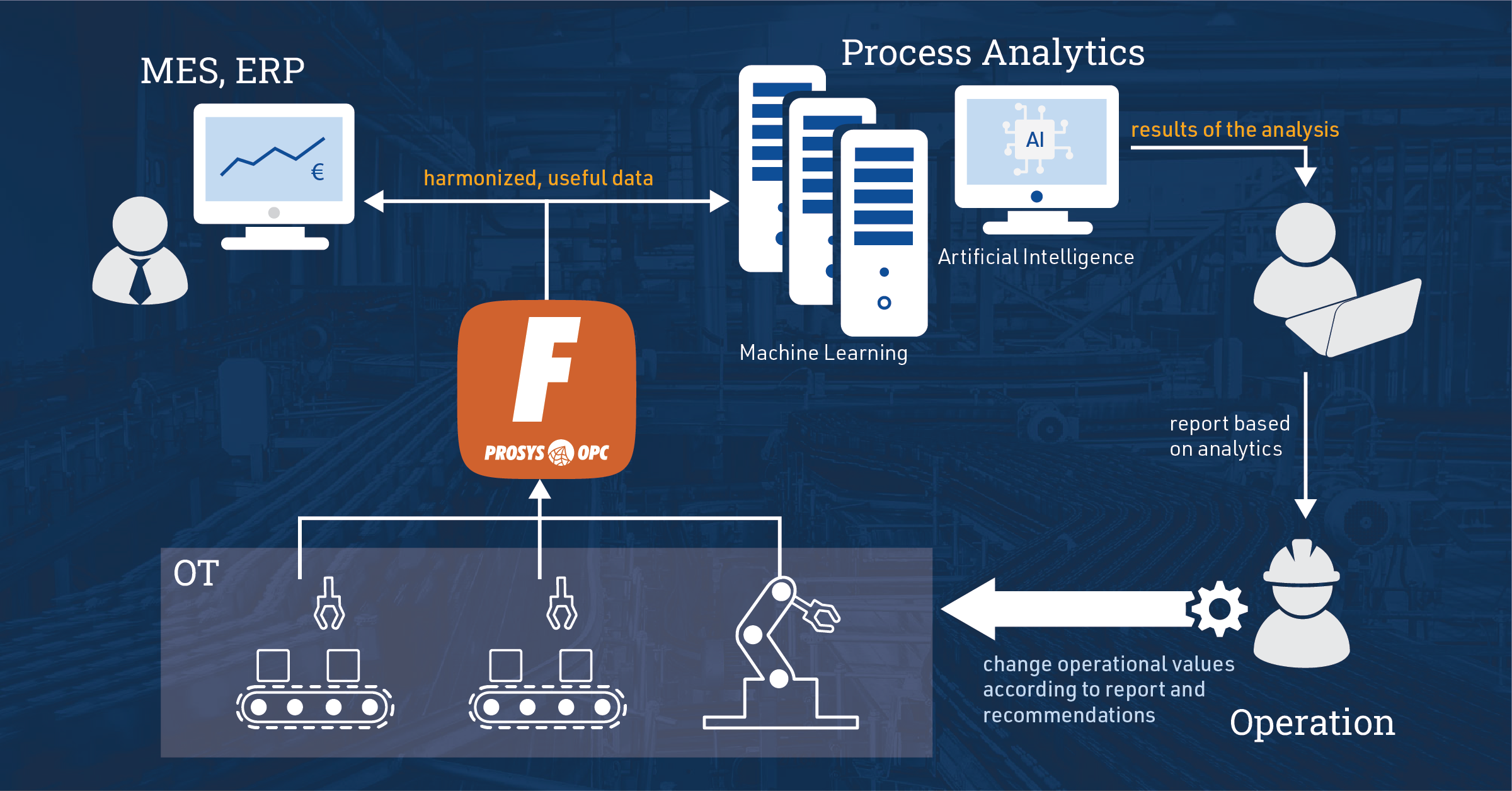How to Succeed in the Production Analytics Project
08.03.2023
The analytics business in industries will unquestionably rise during the following years as the starting point could be much higher. I expect many new companies to enter this business with expectations of being in the place full of low-hanging fruits. Unfortunately, I have some bad news for you. There is a lot of unconquered business, but only for those who specialize in and learn the process industry basics.
The hype of using advanced analytics, artificial intelligence (AI), machine learning (ML) etc., to optimize industrial processes has existed for at least half a decade, and the early adaptors, of course, have already had their projects. Because of this, I have witnessed different types of projects taking place in the analytics area, but frequently, the results have been far from impressive and, in most cases, honestly, a waste of money and resources.
Some of these projects have also been successful. Nothing mind-blowing, but they have met the goals and even given out-of-the-box hypotheses for further analysis.
I’m not a data analyst and don’t have much input for the analytics work. Still, looking from the OT/IT integration perspective, I gathered the characteristics of successful projects below.
- Start by proving an existing hypothesis and simple existing known problems
- Limit the data used for analytics using the expertise of OT people
- Use data modeling and harmonization as much as you can and as low in the hierarchy as you can
Start by proving an existing hypothesis and simple known problems
Although the most money to win with analytics is in the process industry, the processes are already a result of lasting continuous improvements. There are typically no hidden silver bullets to be found. The approach that gives you all the data and leads you to find unknown correlations and improvements is the easiest way to ruin the project. Most likely, you discover the results that the process operators already know. Instead, find unknown relations of process recipes to save energy, water, and other raw materials, and enhance quality by interviewing the personnel from managers to operators and solving those cases one by one.
Limit the data used for analytics using the expertise of OT people
It is always amazing how much data is available from production processes. Unfortunately, it is too much for your analytics platform (if you do not work with NSA or someone similar with endless resources). Fortunately, most of the data is just noise when finding problems with the hypothesis you want to prove. To be successful, it’s best to define the relevant data with OT people as they are the experts.
Use data modeling and harmonization as much as you can
This headline, data modeling and harmonization are the responsibility of the factories and plants considering using analytics to improve the production processes. The more structured and harmonized data you provide for any analytics, advanced process control or other new IT systems, the more likely good results are achieved.
To be ready for the future, providing factory process data through a structured and harmonized single point of access is crucial. The best place to do this harmonization is the Edge application between OT and IT such as our Prosys OPC UA Forge. Otherwise, every analytics, AI/ML and Industry 4.0 IT project, in general, will start with data harmonization and normalization, and much time is spent doing the same thing time after time. Even half of the cost might be related to that instead of utilizing the new technologies.
We at Prosys OPC are experts in OT/IT integration. Our products, solutions and expertise help our customers convert their production processes to be ready for Industry 4.0 migrations. Additionally, we are a reliable partner for both analytics companies, factories and plants. Don’t hesitate to contact us by email at sales@prosysopc.com or through our website contact form. And since we are constantly in active development mode, we will also be glad to hear your suggestions for further features or functionalities.

Pyry Grönholm
CEO
Email: pyry.gronholm@prosysopc.com
Tags: OPC UA, Forge, Information Models
comments powered by DisqusAbout Prosys OPC Ltd
Prosys OPC is a leading provider of professional OPC software and services with over 20 years of experience in the field. OPC and OPC UA (Unified Architecture) are communications standards used especially by industrial and high-tech companies.
Newest blog posts
Why Do Standards Matter in Smart Manufacturing?
The blog post discusses the importance of standards in smart manufacturing, envisioning a future where auto-configurable systems in manufacturing rely on standardized data formats for seamless integration and reduced costs, with a focus on the OPC UA standard family as a key enabler.
OPC UA PubSub to Cloud via MQTT
Detailed overview of the demo presented at the OPC Foundation booth
SimServer How To #3: Simulate data changes on a server using an OPC UA client
A two-part step-by-step tutorial on how to write data changes on an OPC UA server using an OPC UA client.

